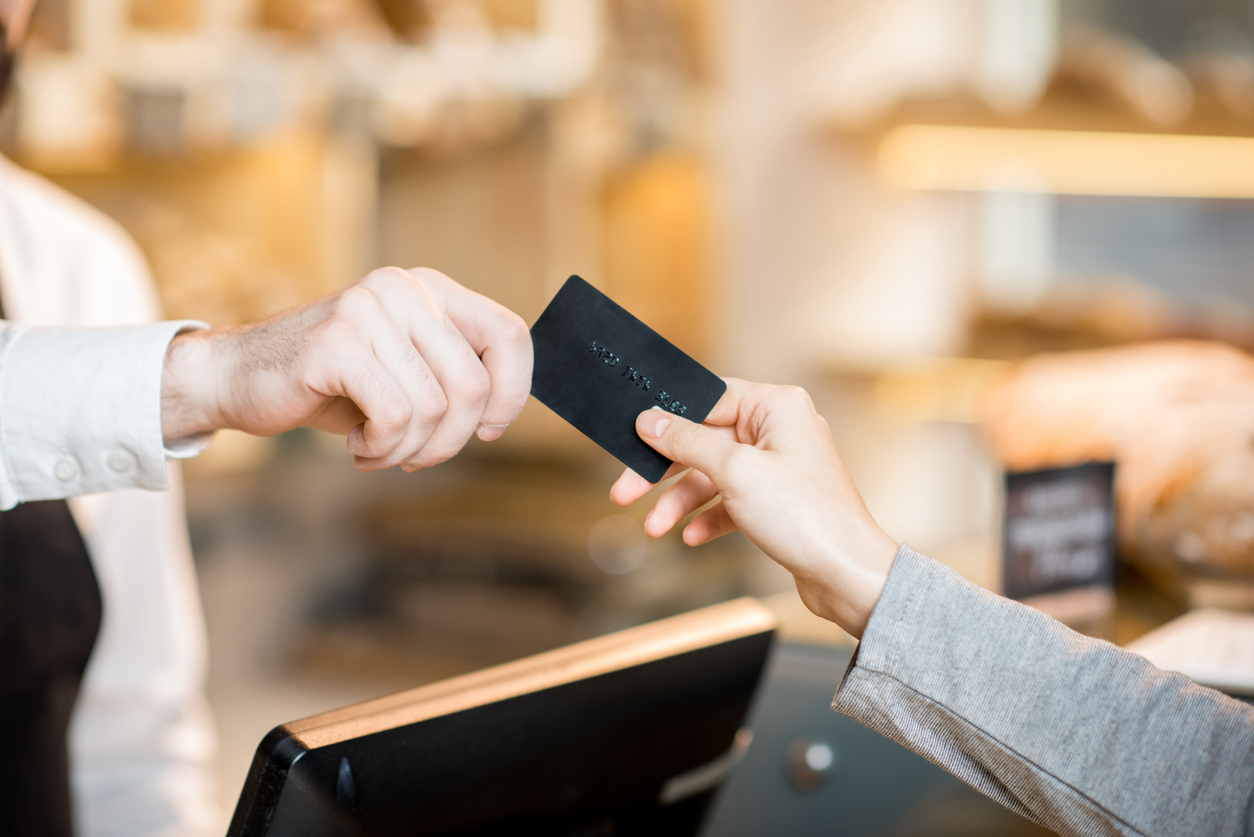Change is most noticeable once a comparison has been made. There has been a drastic change in the way of life since the Earth existed. Development and progression happen from time to time, and we learn as we continue to explore new things and adapt to a new environment. As we ponder about the future, there are predictions in mind that we picture to occur. That is the time that we aim for improvement and more innovations. In this article, we focus on one of man's greatest inventions, the currency.
According to Yoshiko Nagano of Cambridge University Press, the ancient civilisations took advantage of their country's natural resources, such as gold, quartz, jade, and wood, by trading these items for food, water, and other essentials with other countries. This method is what they call the Barter System, and this was carried out for years on end before the standardisation of coinage and paper bills.
The Bretton Woods Agreement established the Gold Exchange Standard at the end of World War II. As a result, countries fixed their national currency exchange rates to the US dollars convertible to gold at a fixed rate. Not only that, but it did now allow convertibility to be available to individuals and companies, only to central banks. However, when the US dollar convertibility to gold was terminated, the Bretton Woods System ended in 1971.
How does a paper hold any value if it has no support from anything? Well, that is where concepts like Legal Tender come in. The Fiat System, which we still use today, has an assigned value to a currency declared at a Legal Tender. It means the government decides if a medium of payment should be recognised for a financial transaction, trade settlement, or commerce in a country or jurisdiction. Some Fiat currencies, like the US dollars and the Euro, are internationally accepted. People use them for international trade because the world's most credible governments and largest economies support them. A Fiat currency has value because it is enforced by the government and because exchanging parties agree on its value.
Let's talk about digital currency, on the other hand. Based on the statistics of CoinMarketCap, Bitcoin is still the number one cryptocurrency in the world, with a market cap of $930,151,472,692 as of August 2021. Bitcoin is a digitally created asset held electronically, similar to a digital photograph or document, and does not deteriorate over time. The traders attentively guard the value of bitcoin on how it fluctuates from time to time. Cryptocurrencies vary in features and objectives, as subsets aim to solve some of the perceived challenges of Fiat currency and aspire to become a form of money to make payments or store value.
Inspired by the revolution started by Bitcoin, many organisations formed their digital currency. Most of these currencies circulate intrusted crypto trading platforms, such as the Pattern Trader website. People worldwide have already been exchanging bitcoin for goods and services, speculating that bitcoin will have a determined value. Citizens, however, understand that Bitcoins can not replace government-issued currencies like the US dollar as they need to pay for their taxes and other government fees using the official currency. It is the upgraded way of buying and paying for things that we would like to have. Bitcoin has way more buying power compared to before. In 2010, Laszlo Hanyecz, a Florida resident, spent 10,000 BTC on two pizzas at Papa John's Pizza. The transaction was the first time someone used BTC for a business transaction with a real company. Nowadays, a bitcoin is worth 49,597.10 US dollars, so technically, it was the most expensive pizza ever sold. Another essential of this digital coin is that it is divisible and portable. You can send any quantity of bitcoin a lot quicker than shipping or sending cows or bars of gold to purchase something.
Most beginners opt to start investing with cryptocurrencies, learning methodologies and practising trading on crypto platforms; although, technical traders always remind the public that crypto trading is risky. Despite that, others take the challenge and see market volatility as an advantage. Nowadays, crypto enthusiasts are more courageous in investing since many mentors or coaches hold their hands along the way.













